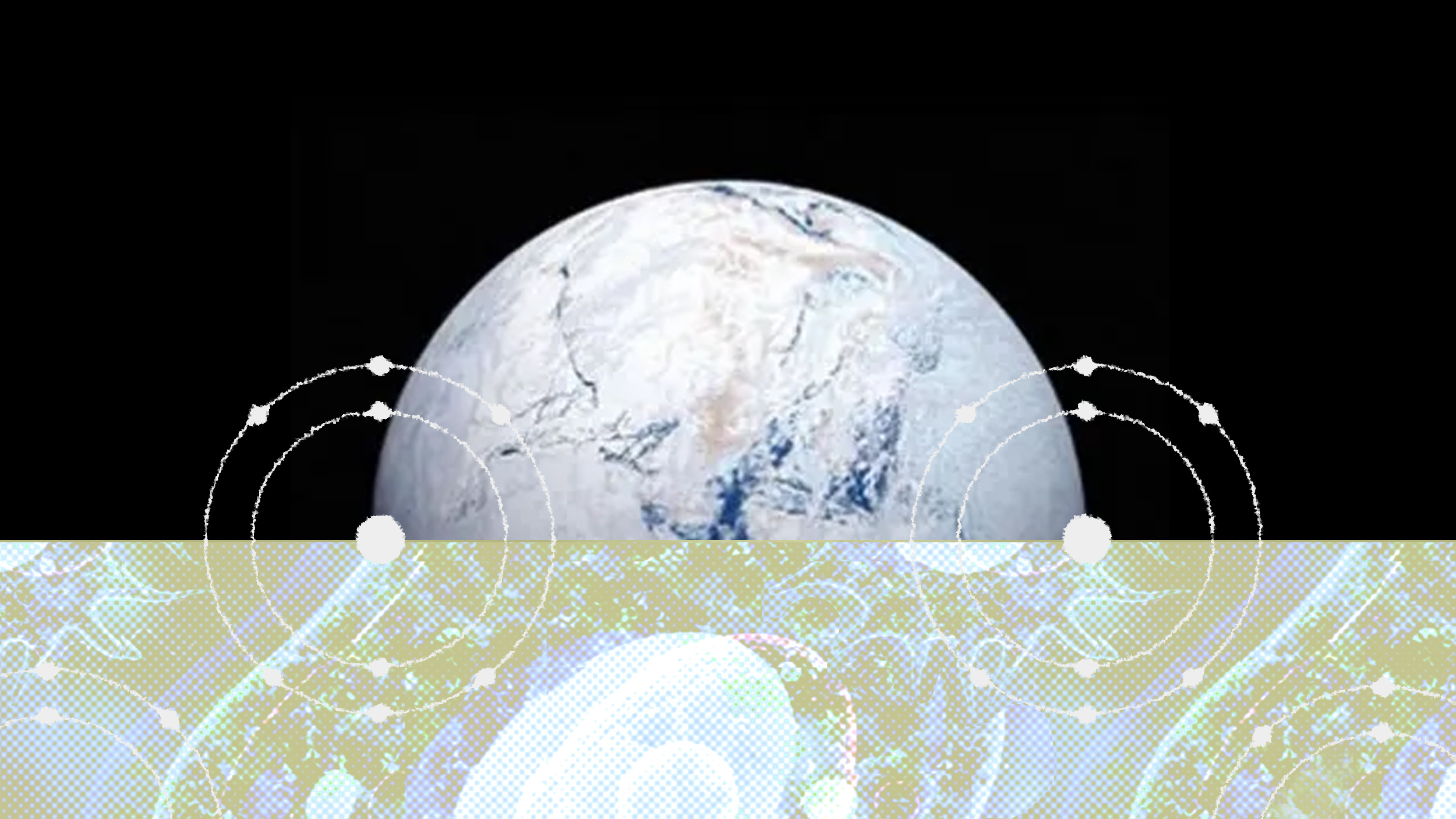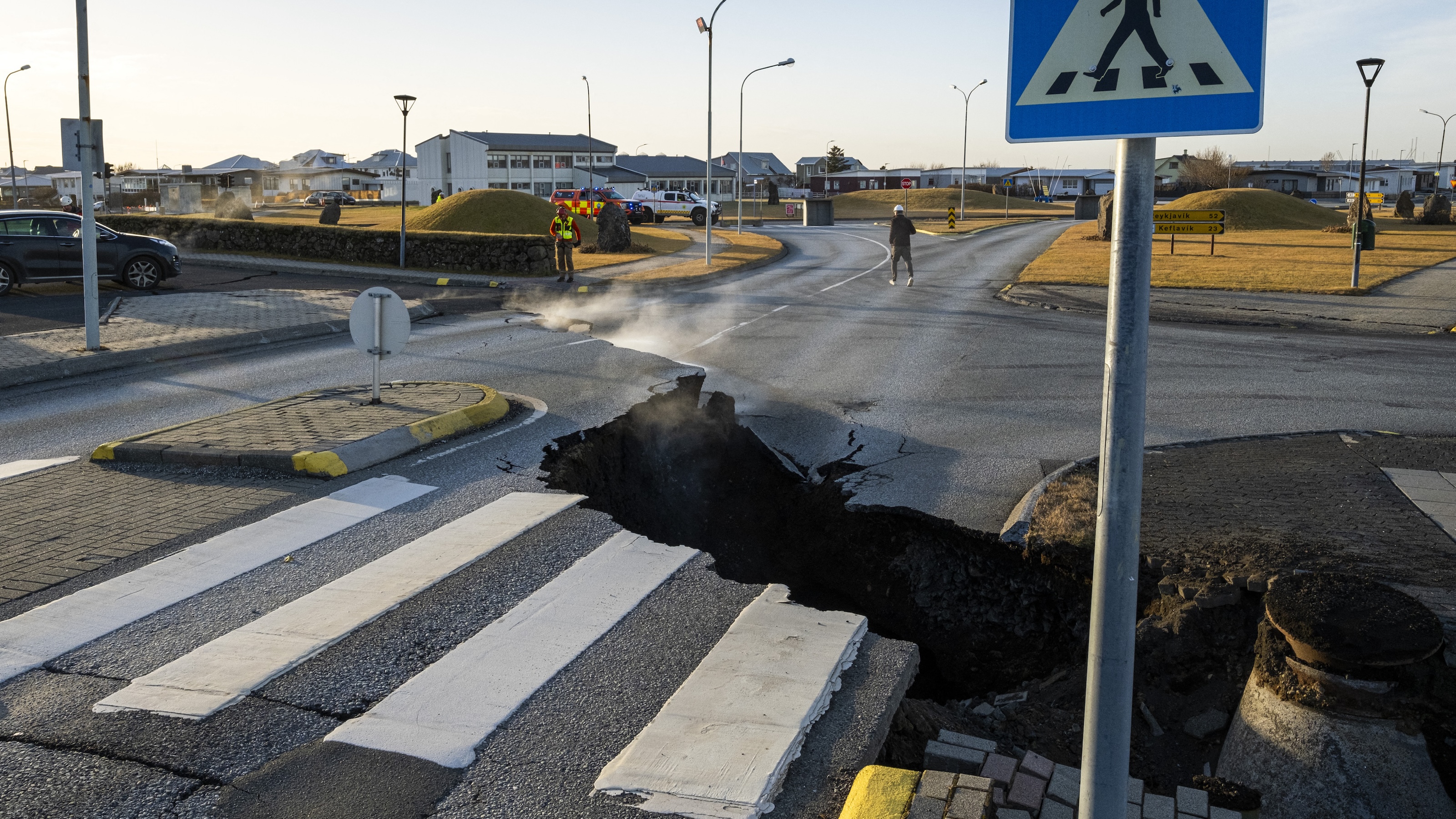More signs of unrest at New Zealand’s Ruapehu

Yesterday I mentioned the Auckland Volcanic Field – the cluster of volcanoes underneath New Zealand’s largest city. Although the Auckland Volcanic Field is a region to monitor for activity, it is not, by a long shot, the most active volcanic region on the North Island. Most recently, that mantle would belong to Ruapehu, at the southern end of the Taupo Volcanic Zone. Ruapehu most famously erupted in 1995-96, producing a relatively small VEI 3 explosive eruption and since then the volcano has produced a number of small, phreatic explosions from the summit region along with lahars (video) that occurred both during and inbetween eruptions. Prior to the activity in 1990’s, the last VEI 3 eruption was in 1945, but the volcano has seen dozens of smaller eruptions since the 1940s.
One of the clues that Ruapehu might be heading towards another eruption is the temperature of the crater lake. The current lake that returned in 2002 after the activity in the 1990’s sits in the active summit (see image below from January 2010, courtesy of Claude Grandpey – UPDATE – I also just ran across this image of the crater lake from February 2011) and was magma rises underneath the lake, the waters warm considerably (as high as 42.5C). This might lead to phreatic (steam-driven) eruptions or potentially cause the lake to breach ice dams or ash dams that hold the lake waters in – thus producing lahars. Right now, the GNS Science is reporting that the crater lake is at 38-39C, relatively high temperatures for the lake. When combined with increasing carbon dioxide emissions and slightly elevated seismicity, all the signs suggest that an eruption could be in the cards. However, we’ve seen this combination before – back in June 2008, the crater lake warmed considerably and carbon dioxide emissions increased, but no eruption followed. Later that fall, the crater lake entered a new heating cycle, but still, no eruption followed. The last eruption at Ruapehu occurred in September 2007 – after a lahar was produced almost 6 months earlier.

The summit crater lake at Ruapehu seen in January 2010. Image courtesy of Eruptions reader Claude Grandpey.
The current changes at the crater lake has prompted GNS Science to raise the aviation code around Ruapehu to Yellow or Elevated. However, the overall alert status remains at 1, or above background activity. Recently, GNS Science announced new monitoring initiative on Ruapehu, so hopefully there will be plenty of warning if the volcano starts ramping up to an eruption as we head into the winter ski season in New Zealand.
Top left: Ruapehu erupting in 1995.





